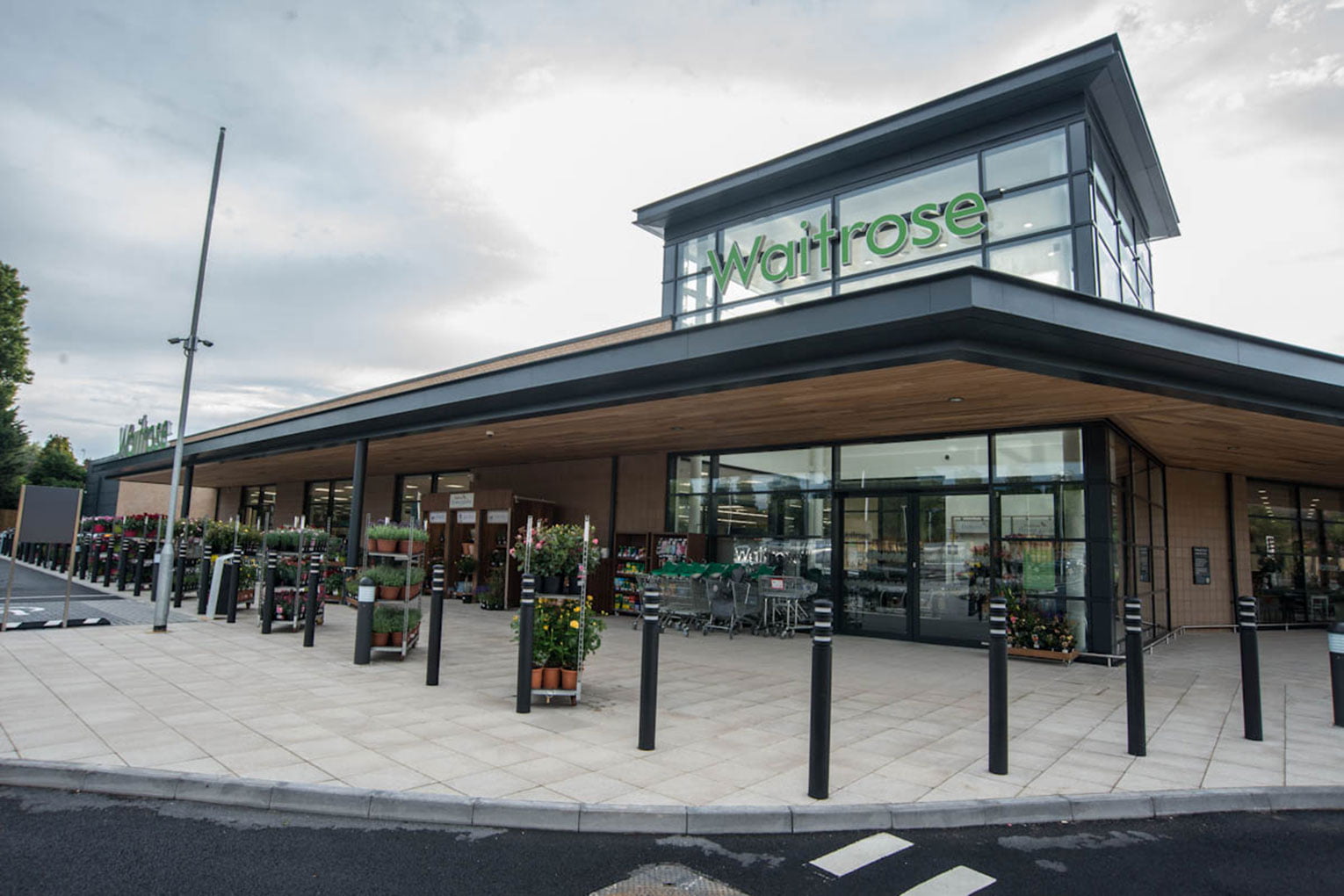Lloyds Bank has established that living close to a well-known supermarket chain can add an average of £22,000 to the value of a home.
The report also found that premium brands can add even more to nearby house prices, with properties close to a Waitrose store receiving an average boost of £38,666 (or 10%) higher than the wider town in which they are located (£425,428 v. £386,763) – the highest amongst the national supermarkets.
In addition to Waitrose, properties near a Sainsbury’s, Marks and Spencer, Tesco or Iceland also command the highest house price premiums – Sainsbury’s (£27,939), Marks and Spencer (£27,182), Tesco (£22,072) and Iceland (£20,034).
The lowest house price premiums are in areas with an Asda (£5,026), Lidl (£3,926) or Aldi store (£1,333).
Mike Songer, Lloyds Bank mortgage director, said: “Our findings back-up the so-called ‘Waitrose effect’. There is definitely a correlation between the price of your home and whether it’s close to a major supermarket or not. Our figures show that the amount added to the value of your home can be even greater if located next to a brand which is perceived as upmarket. Of course, there are many other drivers of house prices beyond having a supermarket on your doorstep, but our research suggests that it is a strong factor.”
Homes in the same postal district as Waitrose command the highest price premium compared to other areas in the same town in seven out of 10 regions of England and Wales. The largest premium is in the North West where the average house price in an area with a Waitrose is £73,629 (39%) higher than in the surrounding areas (£263,687 v. £190,058). Other regions with a high premium are the West Midlands (£57,539), Yorkshire and the Humber (£36,376) and the South East (£31,681).
At a local level, Chiswick in West London commands the largest average house price premium when compared with the surrounding area, at £476,738. The average house price in Chiswick, which offers residents a Waitrose, Sainsbury’s and Marks and Spencer, is £961,564 – almost double the average for Hounslow (£484,826). Golder’s Green, which has a Sainsbury’s and Marks and Spencer, has the next largest premium in cash terms (£423,180), followed by Belsize Park/Hampstead (£313,166).
Outside of southern England, the largest average price premium is in the Cheshire town of Wilmslow, where shoppers are catered for by supermarkets including Waitrose, Sainsbury’s, Marks and Spencer, Tesco and Lidl. Buyers can, on average, expect to pay a price premium of £277,028 for a home in Wilmslow. In the Ponteland area of Newcastle, the average premium is £206,401; the NE20 postal district has a Waitrose, Sainsbury’s and a Co-op store.
The data shows that this ‘supermarket bounce’ is not necessarily just confined to those areas which have a Waitrose, Sainsbury’s or Marks and Spencer’s located in them. There are several locations with a discount supermarket store where average house prices trade at a premium.
For example, the CH60 postcode area of Heswall has both an Aldi and an Iceland store and the average house price is £118,000 higher than in the overall Wirral area. Similarly, in Harbourne, which also has an Iceland store, homes cost on average £101,599 more than in the whole of Birmingham. The average price of houses close to a Lidl store in West Ealing is £650,702, compared to £542,724 in the wider Ealing area; a premium of £107,978.





